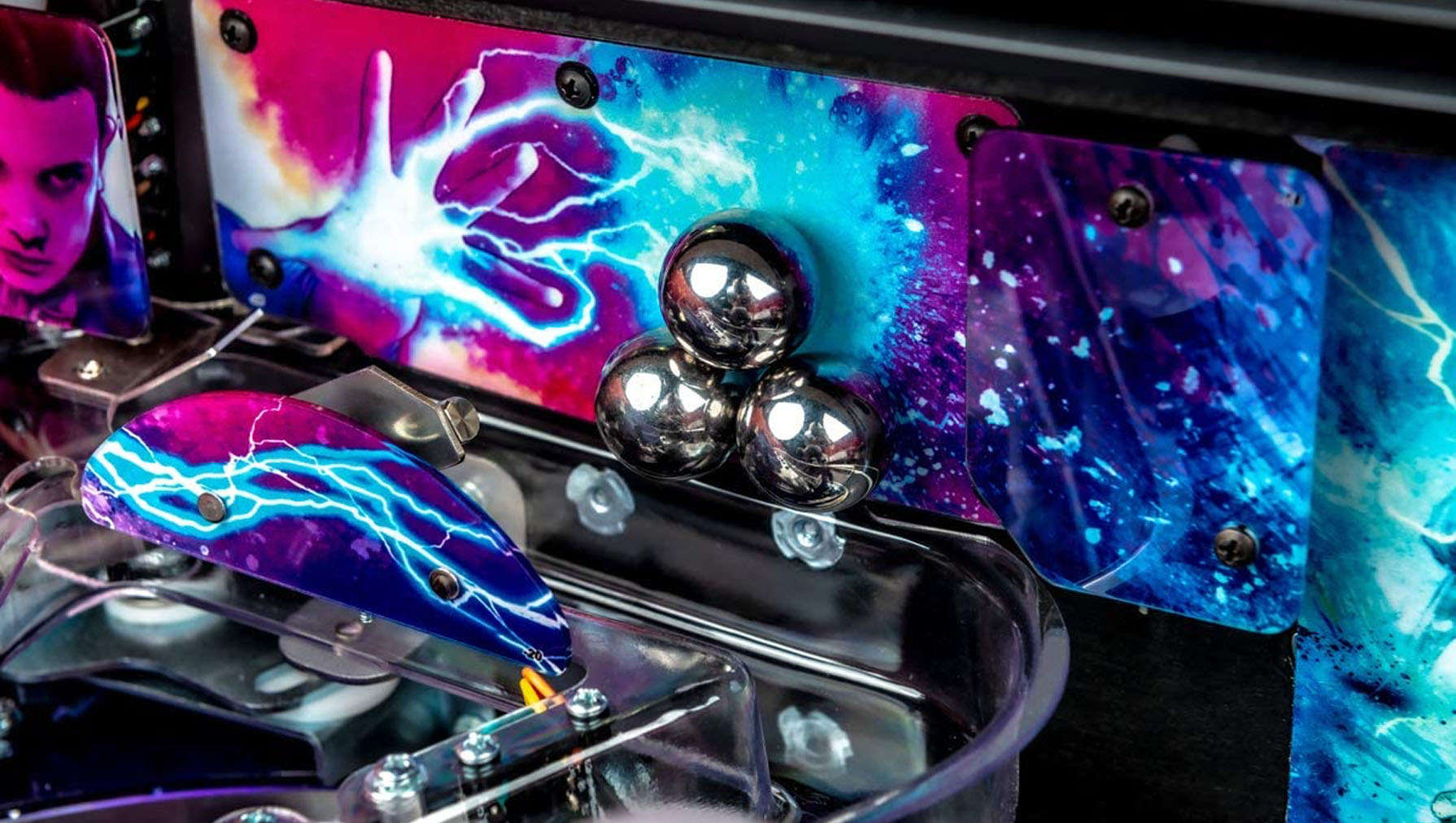Create a free profile to get unlimited access to exclusive videos, sweepstakes, and more!
The early solar system was a cosmic asteroid pinball machine

In the beginning…all was not so quiet.
Remember walking into an arcade and feeling like you entered another universe, a neon chaos of beeps and boops and flashes? The early universe was something like that—blasted up to level 100. After examining asteroid fragments that fell to Earth and studying their chemistry, scientists have now found that the nascent universe was not the void of calm that it was previously theorized to be. The research proved that at its birth, the universe was a cosmic arcade where space rocks bounced around like pinballs and inevitably ended up smashing into things all the time. They would form only to collide with others and re-form over and over again. It was the most mind-blowing pinball machine ever.
“The alternative fragmentation-reassembly model invokes catastrophic collisional disruption of parent bodies…followed by rapid re-accretion of hot fragments, forming rubble pile bodies,” said Michael Lucas, who led a study recently published in Geochimica et Cosmochimica Acta.
Meteorites, which break off from asteroids, crash into Earth all the time. Then they often end up being stashed in the back rooms of museums until scientists decide to investigate them years later for evidence of how the universe came into being. This was the case with one of the meteorites recently studied by researchers from the University of Texas at Austin and the University of Tennessee, Knoxville. The space rock first crashed into a car (no word if the car was totaled) in 1992, still warm, and reportedly smelled like sulfur. Anyone who has ever sniffed an astronaut suit knows that there is a sulfuric aspect to the smell of space. That and 17 other meteorites revealed that they had formed as if they had all been banging around like pinballs.
The method that showed asteroids would head-butt each other, shatter and reform was first used to figure out how fast rocks already on Earth cooled after reaching temperatures of about 2,550 degrees Fahrenheit. Known as the rare Earth element (REE)-in-two-pyroxene thermometer, it measures the temperature and distribution of rare Earth elements (such as scandium, yttrium, and anything in the lanthanide series) in rocks mostly made out of pyroxene. Pyroxene can refer to any rock-forming minerals composed of silicates, which contain positively charged oxygen ions and negatively charged silicon ions. Silicates also have similar crystal structures. While the REE method helped with understanding geophysical processes, it turned out to be just as effective with things that happened far from Earth.
When Lucas and his team applied the REE method to meteorites, they were shocked by the vast difference in how long it took for random pieces of heated rock to cool. This is what led them to believe that there had been an epic game of pinball going on in the early universe.
When huge asteroids were crushed, the fragments that scattered, initially hot from impact, would have cooled pretty fast. When those fragments smashed into each other again and accreted into asteroids, the larger, re-formed rocks would take longer to cool. This is known as the “rubble pile hypothesis.”
The hypothesis was tested with a computer model that also suggested cooling slowed down depending on how porous the rock was. The more pores a rock has, the more time it takes to conduct heat. Asteroids that were mashups of rocks of varying porosity cooled more slowly than they would have if they had been pieces of solid rock that never got into a collision.
Now you can probably imagine what could have happened when the universe was just yawning awake to a chaotic reality. Someone should make a pinball machine out of that.



























